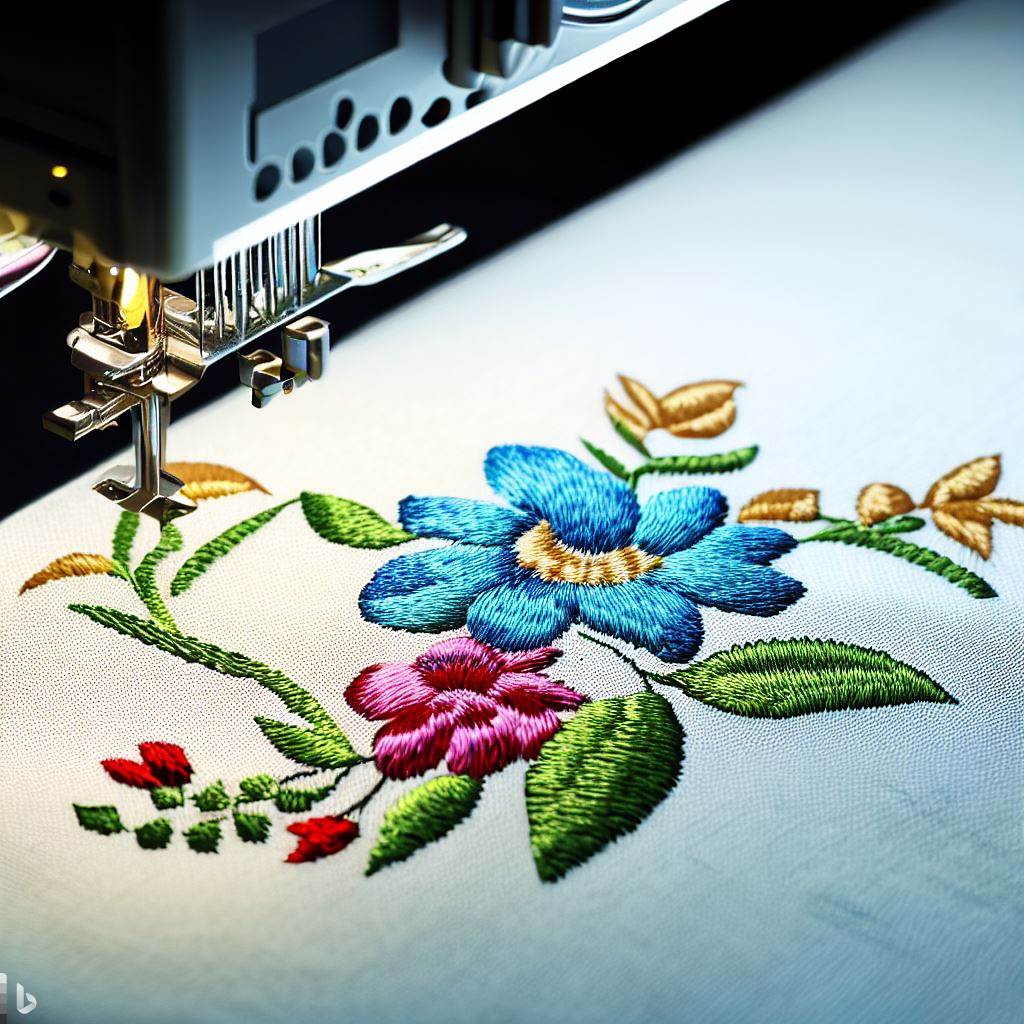Embroidery has a rich history that spans centuries, with artisans using needles, threads, and skilled handwork to create intricate designs. However, with the advent of technology, embroidery digitizing emerged as a transformative process that revolutionized the way designs are translated into embroidered artwork. This evolution from manual to digital embroidery has opened up new possibilities, increased efficiency, and enhanced precision in the world of embroidery. In this article, we will explore the journey of embroidery digitizing and the significant advancements that have shaped its evolution.
Outline:
- Introduction
- Manual Embroidery: Traditional Craftsmanship
- Introduction of Embroidery Machines
- Birth of Embroidery Digitizing
- Advancements in Embroidery Digitizing Software
- Precision and Efficiency in Modern Embroidery Digitizing
- Integration of Computerized Embroidery Machines
- Expanding Creative Possibilities
- Conclusion
- FAQ
Introduction
Embroidery has a rich history, originally crafted by hand with needle and thread. However, the introduction of technology transformed the traditional craft into a digital art form known as embroidery digitizing. This process involves converting designs into digital files that can be interpreted by embroidery machines, resulting in precise and efficient reproduction of intricate designs. The evolution of embroidery digitizing has revolutionized the world of embroidery, combining traditional craftsmanship with modern technology.
Manual Embroidery: Traditional Craftsmanship
Manual embroidery has been practiced for centuries, with skilled artisans creating intricate designs using needles, threads, and various stitching techniques. This traditional craft required meticulous attention to detail and countless hours of handwork. Artisans would meticulously stitch each element of the design, resulting in unique and handcrafted embroidered pieces.
Introduction of Embroidery Machines
The introduction of embroidery machines in the 19th century marked a significant milestone in the evolution of embroidery. These machines automated the stitching process, reducing the time and effort required to create embroidered designs. However, they still relied on manual guidance and limited the complexity of designs that could be produced.
Birth of Embroidery Digitizing
The birth of embroidery digitizing can be traced back to the late 20th century when computers became more accessible and powerful. Embroidery digitizing emerged as a way to convert designs into digital files that could be interpreted by embroidery machines. Initially, this process involved manually inputting commands to guide the machine’s movements, allowing for more complex and precise stitching.
Advancements in Embroidery Digitizing Software
Advancements in embroidery digitizing software played a pivotal role in the evolution of the craft. As technology progressed, dedicated software programs were developed to simplify the process of converting designs into digital files. These software programs introduced intuitive user interfaces, powerful editing tools, and the ability to import various file formats, making the digitizing process more efficient and accessible to a wider audience.
Precision and Efficiency in Modern Embroidery Digitizing
Modern embroidery digitizing offers unparalleled precision and efficiency. Digitizing software allows designers to precisely assign stitch types, densities, and colors to every element of the design. This level of control ensures consistent and accurate reproduction of the design across multiple items. Additionally, the ability to automate the stitching process significantly reduces production time, making embroidery digitizing suitable for large-scale projects.
Integration of Computerized Embroidery Machines
The integration of computerized embroidery machines further enhanced the capabilities of embroidery digitizing. These machines are equipped with advanced technology, such as LCD screens, USB connectivity, and built-in design libraries. They can interpret digital files directly, eliminating the need for manual guidance. Computerized embroidery machines offer greater stitch precision, faster stitching speeds, and the ability to produce complex designs with ease.
Expanding Creative Possibilities
Embroidery digitizing has expanded the creative possibilities in the world of embroidery. Designers can now experiment with intricate and complex designs that were once challenging to achieve manually. The digitizing process allows for precise control over stitch types, densities, and color placement, enabling the creation of stunning visual effects and textures. Embroidery digitizing has opened doors to new techniques, such as 3D embroidery, appliqué, and multi-layered designs, offering endless creative potential.
Conclusion
The evolution of embroidery digitizing from manual to digital has transformed the world of embroidery. While manual embroidery showcased the craftsmanship of skilled artisans, the introduction of embroidery machines and later, embroidery digitizing, revolutionized the efficiency, precision, and creative possibilities in embroidery. Advancements in software and computerized embroidery machines have elevated the art form, allowing for intricate and complex designs to be reproduced with ease. Embroidery digitizing combines the best of traditional craftsmanship with modern technology, paving the way for innovation and creativity in the world of embroidery.
FAQ
1. What is the main difference between manual embroidery and embroidery digitizing? Manual embroidery involves stitching designs by hand using needles, threads, and various stitching techniques. Embroidery digitizing, on the other hand, is a digital process that converts designs into digital files that can be interpreted by embroidery machines, resulting in precise and efficient reproduction of intricate designs.
2. How has embroidery digitizing improved the efficiency of embroidery? Embroidery digitizing has improved the efficiency of embroidery by automating the stitching process. Digital files are interpreted by computerized embroidery machines, reducing the time and effort required to create embroidered designs. This automation allows for faster production and the ability to reproduce complex designs with precision.
3. What are some of the creative possibilities offered by embroidery digitizing? Embroidery digitizing has expanded the creative possibilities in embroidery. Designers can experiment with intricate and complex designs, precise control over stitch types, densities, and color placement. This opens door
Read more: Click here

